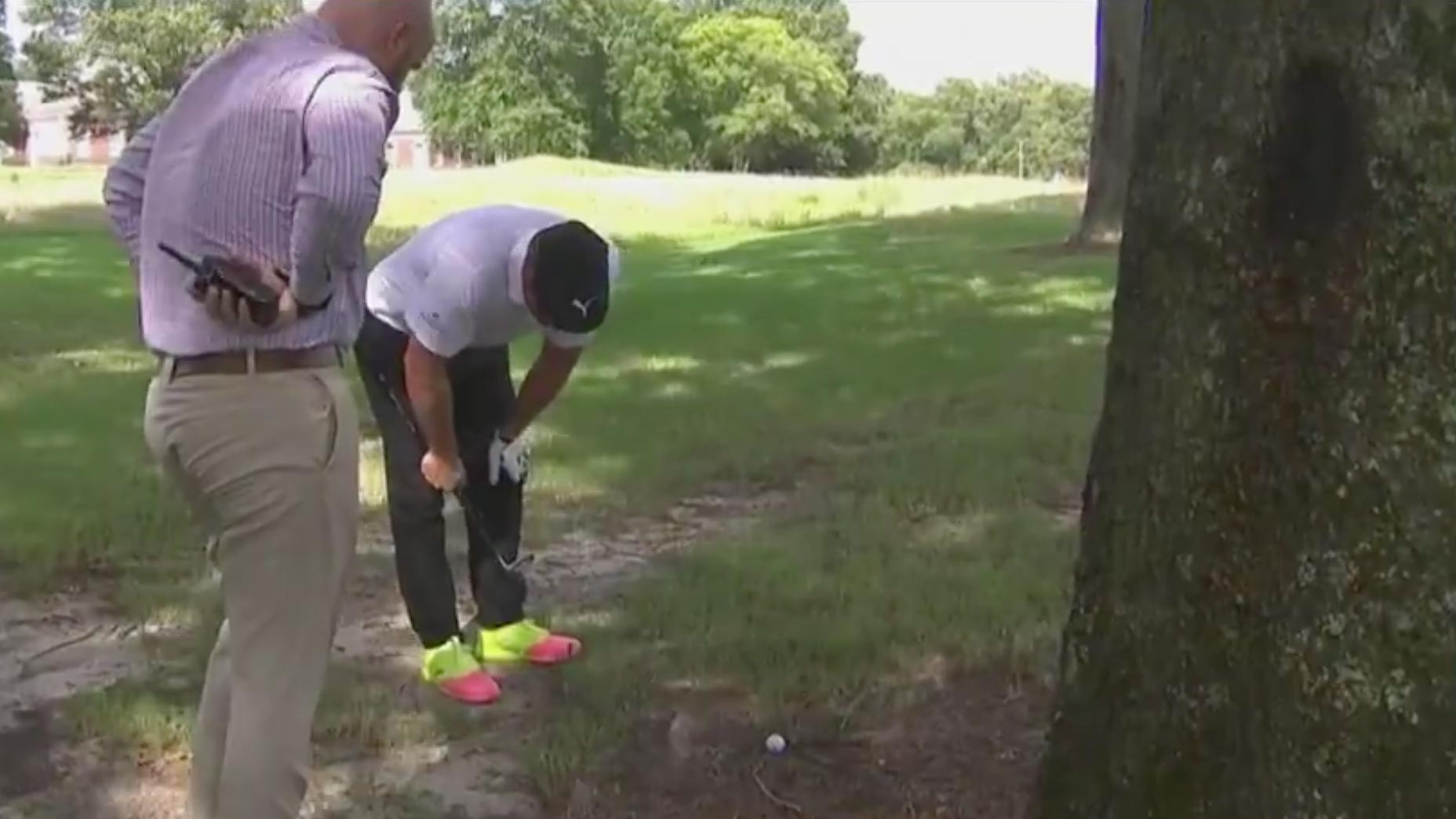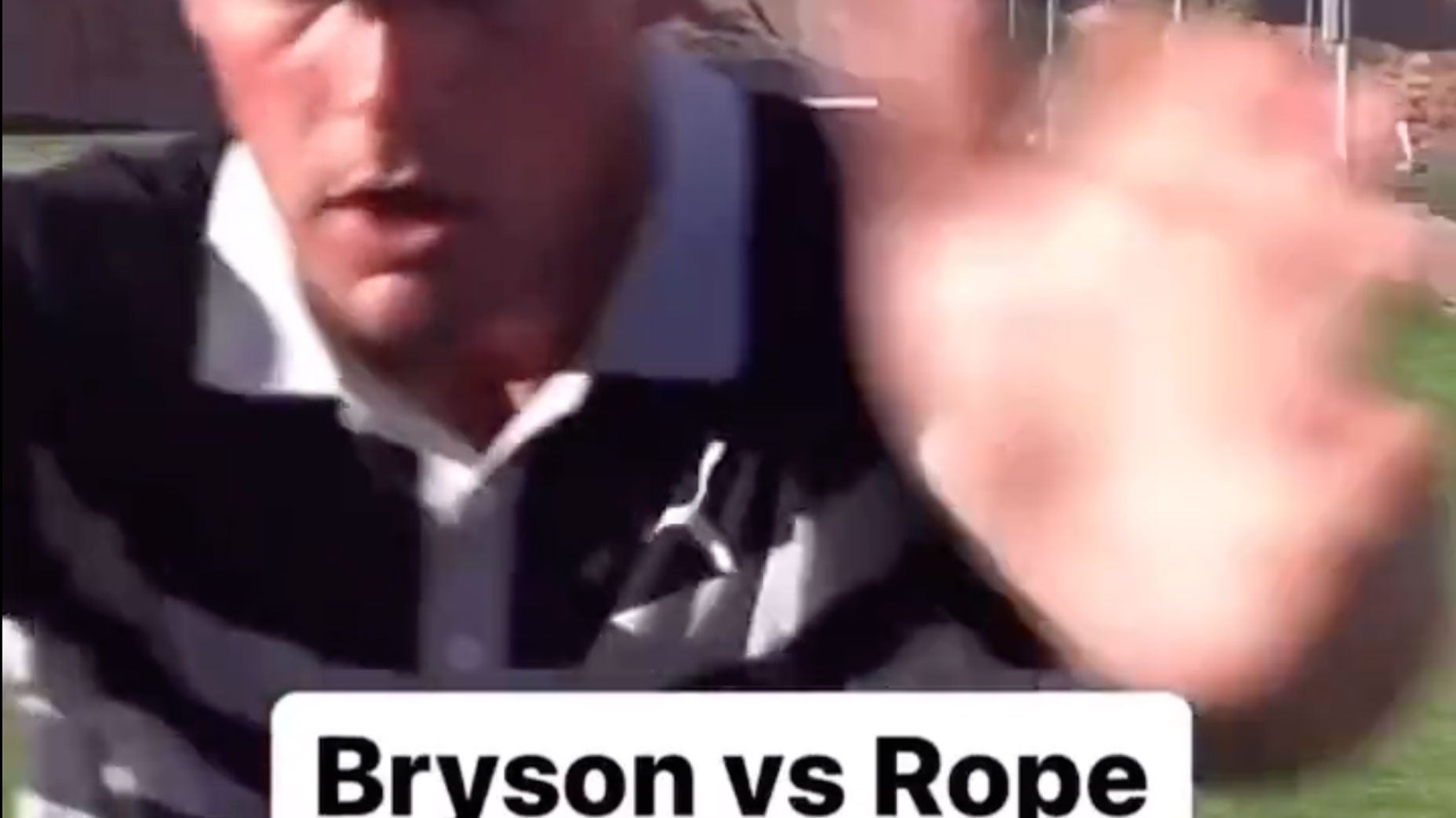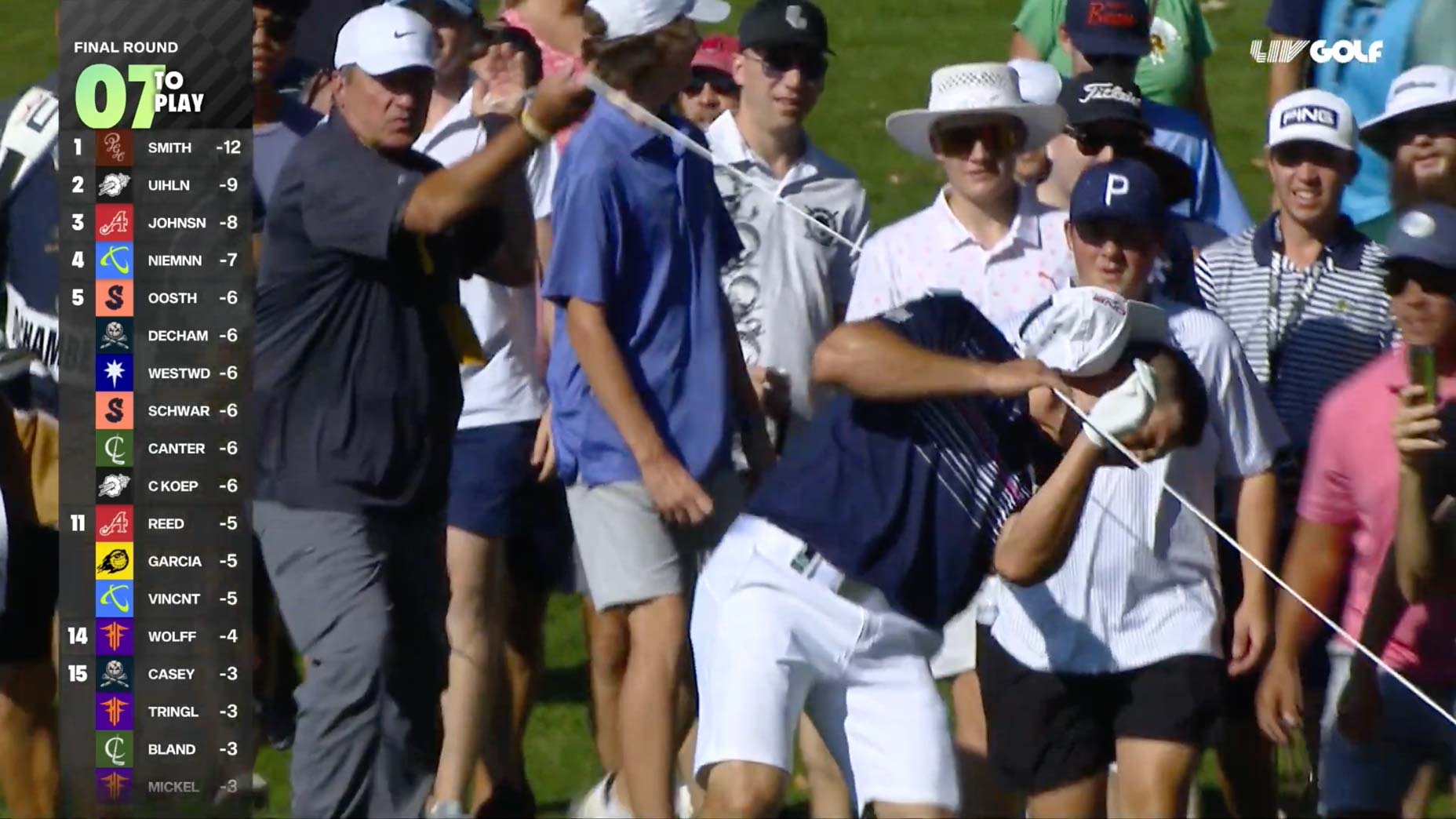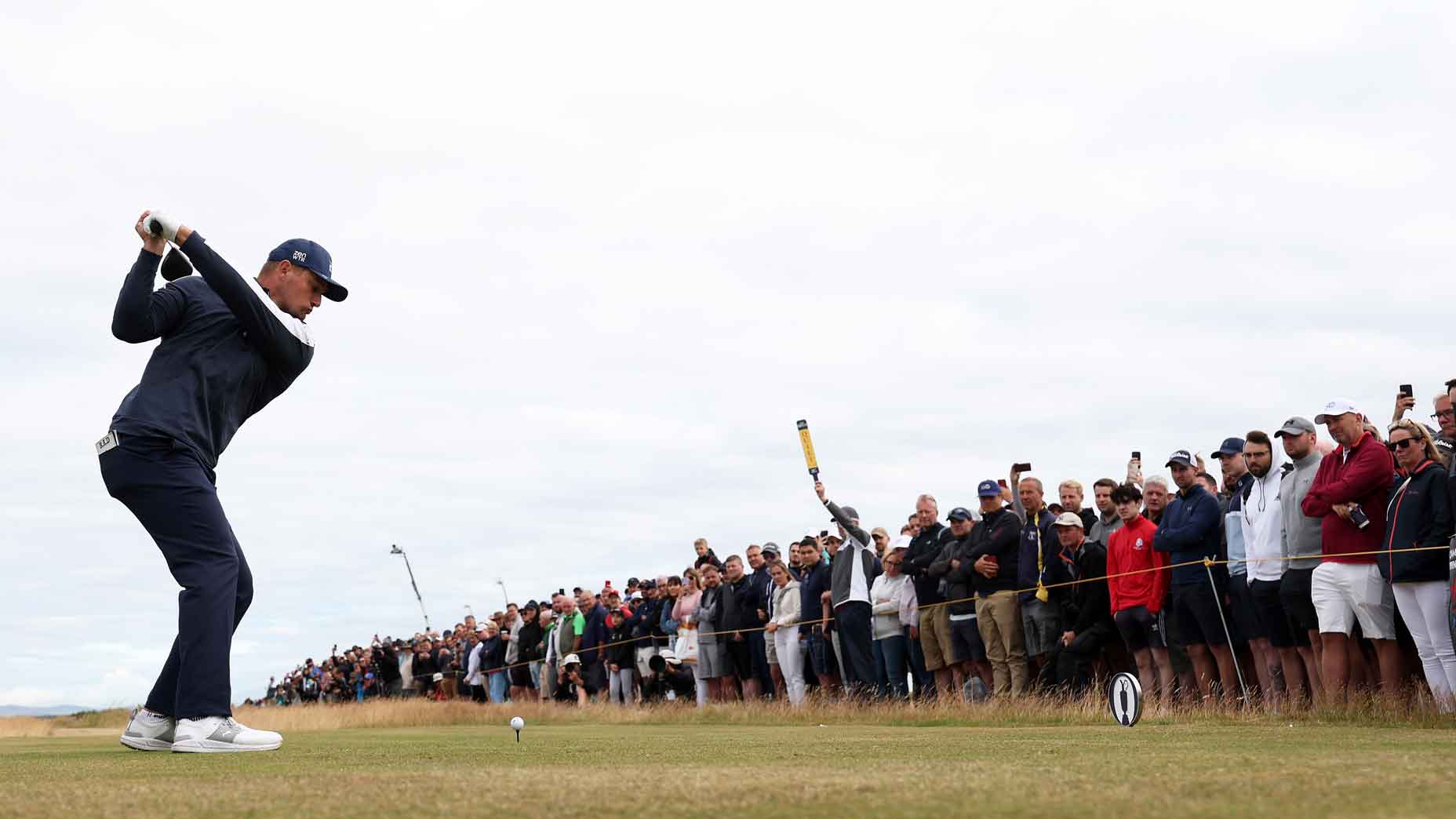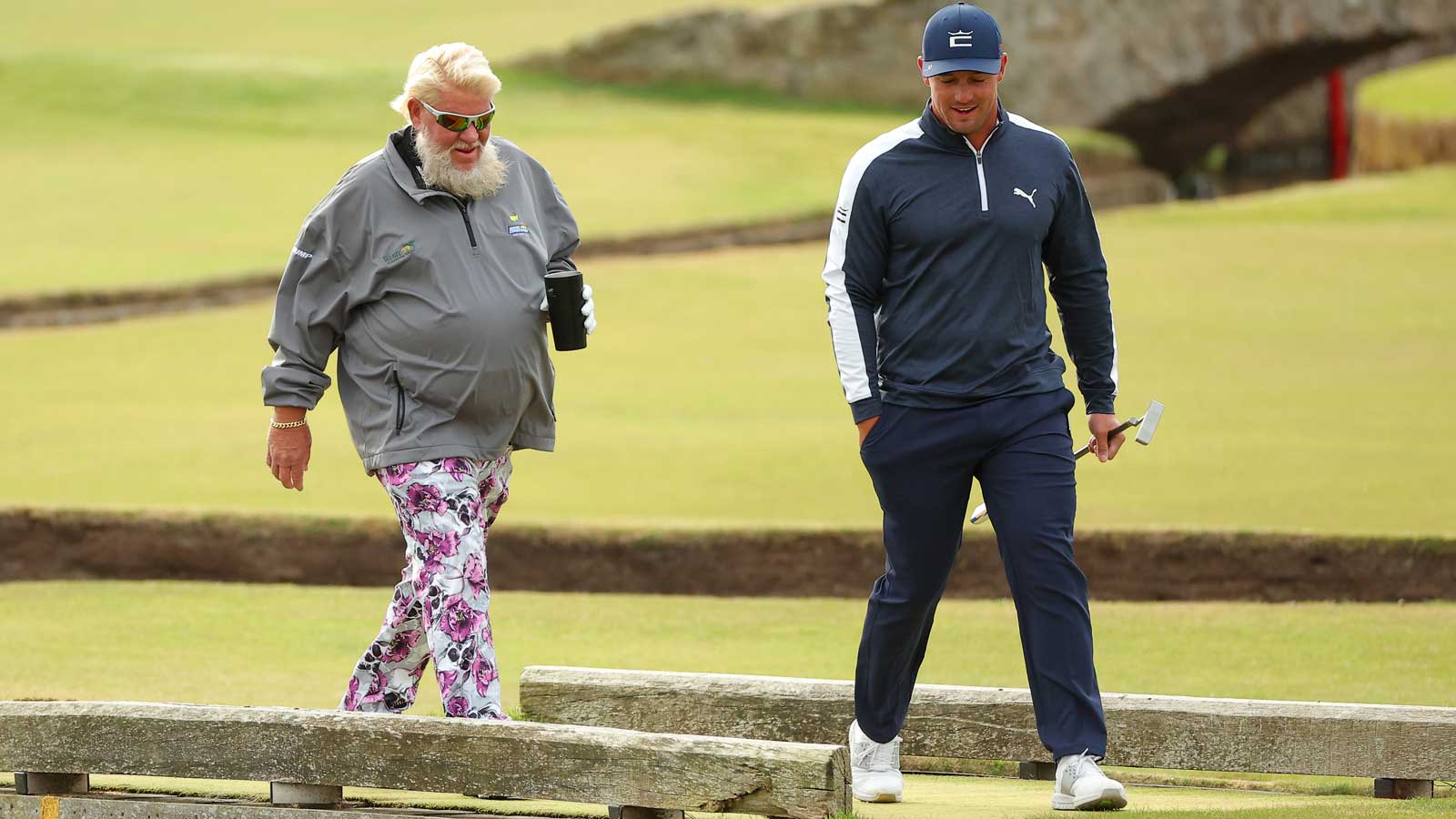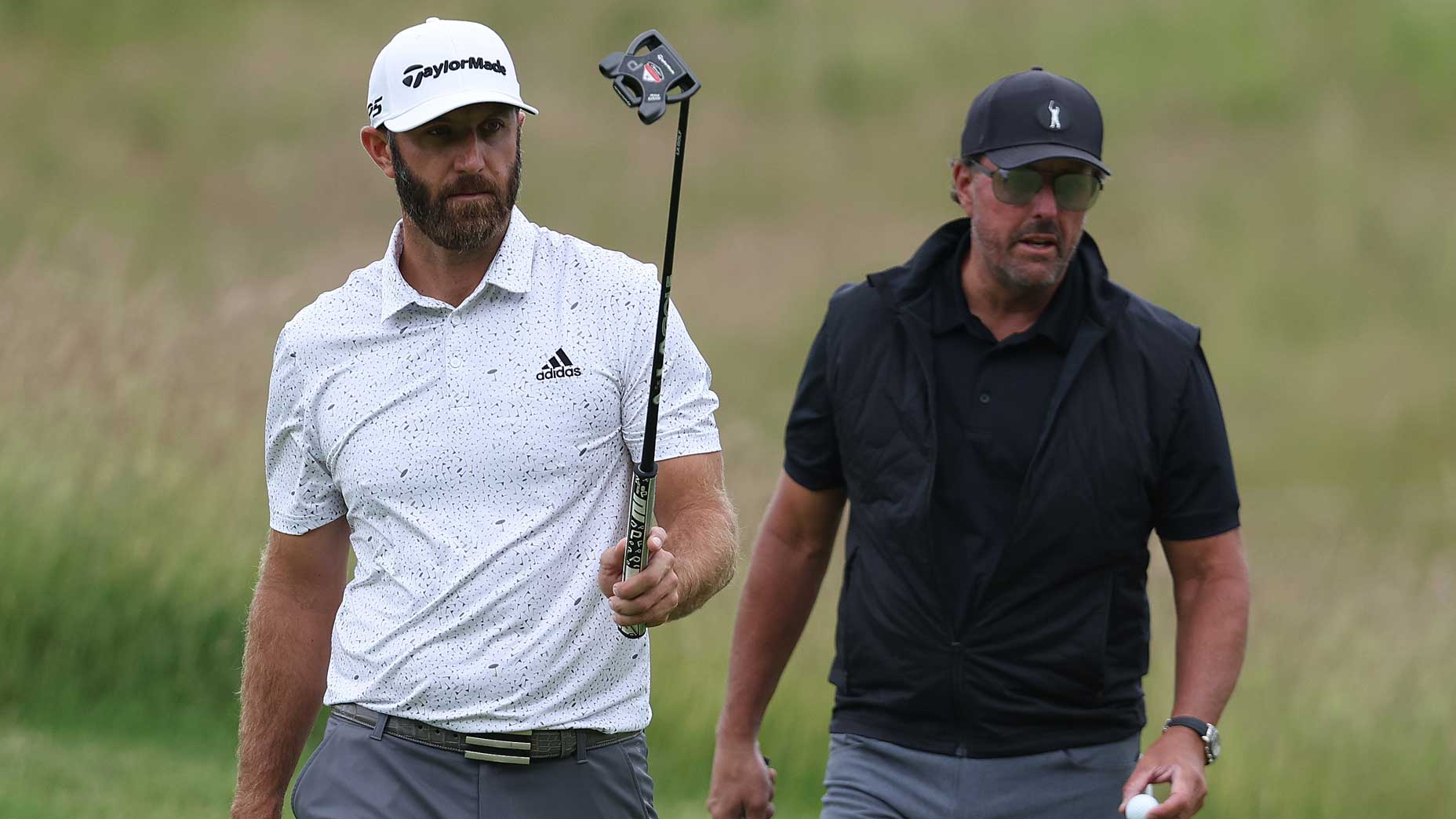Golfers don’t particularly like seeing fire ants on the course. But every now and then, those sneaky devils could actually bail you out.
That’s why Bryson DeChambeau called over a rules official on Thursday while playing the par-4 7th hole at TPC Southwind: To see if he could get relief from what he thought might be an anthill. Or ant hole. Or “ant area,” as DeChambeau himself said. Once you’re looking for relief, the more ants the better, no matter the format.
Ken Tackett, PGA Tour rules official, arrived on the scene. DeChambeau, whose Bridgestone had settled in an unfortunate position atop a stick, said he was stepping on an ant and had noticed some holes nearby.
While Tackett acknowledged he saw a couple ants, he wasn’t sure that they were fire ants “in the sense that they would be a dangerous situation.”
“There’s a red ant coming out of it, right there. A couple of them,” DeChambeau said, pointing out a few crawlers unfortunately too small for Golf Channel’s cameras to pick up.
But why the search for fire ants (or a “dangerous situation”) to begin with, you might be asking? You’ve come to the right place.
Let’s head to golf’s glorious rule book, specifically to Rule 16.2.a, entitled “Dangerous Animal Condition.” That’s where we’ll find reference to various dramatic members of the animal kingdom: snakes, bees, gators, and yes — fire ants. Here’s how the rule is written:
16.2.a. When Relief Is Allowed
A “dangerous animal condition” exists when a dangerous animal (such as poisonous snakes, stinging bees, alligators, fire ants or bears) near a ball could cause serious physical injury to the player if he or she had to play the ball as it lies.
As they say in the rules biz, there’s fire ants and then there’s fire ants. This situation appeared to be the former. I’m not sure what the appropriate ant level is to be considered risk for “serious physical injury,” but this did not appear to be that situation.
What DeChambeau was hoping for was a free drop, which would certainly have meant relief not only from the ants but also from the pesky sticks on which his Bridgestone sat. Tackett was unconvinced.
The ruling was a bit of deja vu to DeChambeau’s last start, when he hoped for a generous ruling from an O.B. fence at the Memorial. Tackett was the official on the scene there, too, where DeChambeau ended up making a 10. This time, he was restrained throughout the encounter — though his caddie Tim Tucker pushed a little bit harder. “To me, it’s a burrowing animal hole,” he said.
The term “burrowing animal hole” was actually wiped from the rule book during the USGA and R&A’s latest modification to golf’s rules. But Tucker may have been referencing Rule 16.1, which covers animal holes and “abnormal course conditions” more generally. To get relief from a hole, under this rule, the animal hole would have had to affect his lie, stance or swing. To quote the rule:
“An abnormal course condition physically interferes with the player’s area of intended stance or area of intended swing.”
Tackett tested this theory briefly. “Take your stance, Bryson, real quick. I mean, it doesn’t interfere with your stance regardless,” he said. That was that.
DeChambeau played away from his poor lie, carefully avoiding sticks and roots with his next swing, and went on to make double bogey. In doing so, he dropped back to 2 under for the day, further off the pace set by Brooks Koepka.
On the bright side, he didn’t seem to have sustained any ant stings.
